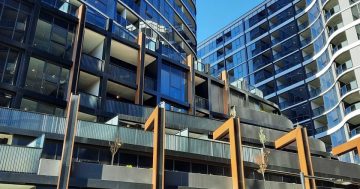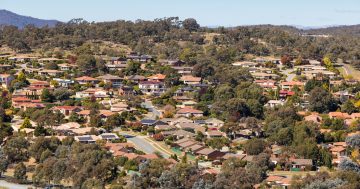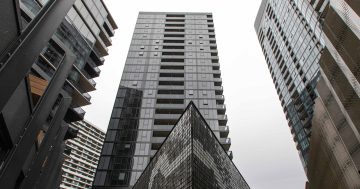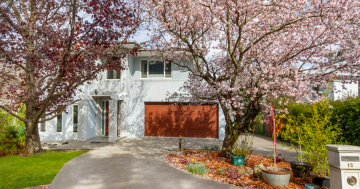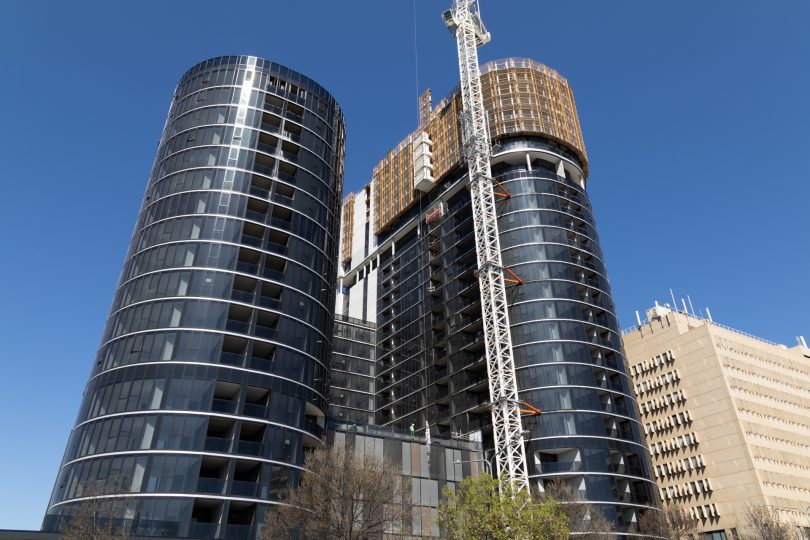
Grand Central Towers in Woden under construction last year. Five times the number of units have been built than houses over the past decade. Photo: Michelle Kroll.
Canberra now has the biggest gap between the price of a standalone house and a unit in the country.
The latest data from CoreLogic shows the differential is 74.8 per cent, way ahead of Sydney at 54.2 per cent.
Since the onset of the pandemic, the Canberra Home Value Index increased 22.7 per cent across houses, compared with just 8.7 per cent across units.
That won’t be news to Canberra homebuyers who have had to adjust their expectations as they search in vain for a standalone house they can afford.
Many have given up the hunt for that house on a block, no matter how small, and opted for the more affordable and prevalent unit or townhouse.
While the pandemic has fed demand for lower density property, Canberra’s construction boom and government policy have also skewed the market, with nearly five times the number of units built over the past decade than houses.
CoreLogic says that for the 10 years to March 2021, there were an average of 4,593 units under construction each quarter compared to just 841 houses.
This equates to roughly 5.5 units supplied to the market for each house construction, relative to the national average of 2.0 units for each house over the decade.
“This strong uplift in unit supply has left unit price growth relatively subdued,” CoreLogic says.
The June median house price in Canberra was nearly $880,000, while units averaged about $500,000.
New estates continue to be developed in Gungahlin and the Molonglo Valley, but government policy is that 70 per cent of new housing be in infill areas to curb urban sprawl and preserve the environment, and is therefore more likely to be unit development.
CoreLogic says that over the past 15 years, June 2021 marks the biggest gap between median house and unit values across Sydney, Melbourne, Brisbane, Adelaide, and Canberra.
But as higher levels of vaccination pave the way for safer high-density living and buyers baulk at the sheer expense of detached housing, there may be more demand for unit stock in the years ahead, which would narrow the price gap between the two stock types, CoreLogic says.
That would only lock out even more people from Canberra’s pricey market and squeeze the national capital’s tight rental market even further.
The government is committed to building more public and social housing to help those on fixed and lower incomes keep a roof over their heads, but welfare groups insist it won’t be enough, citing a 3,000 dwelling shortfall in the ACT.
CoreLogic’s next home values report is due out on Monday (2 August) and is likely to show yet another jump in prices.
